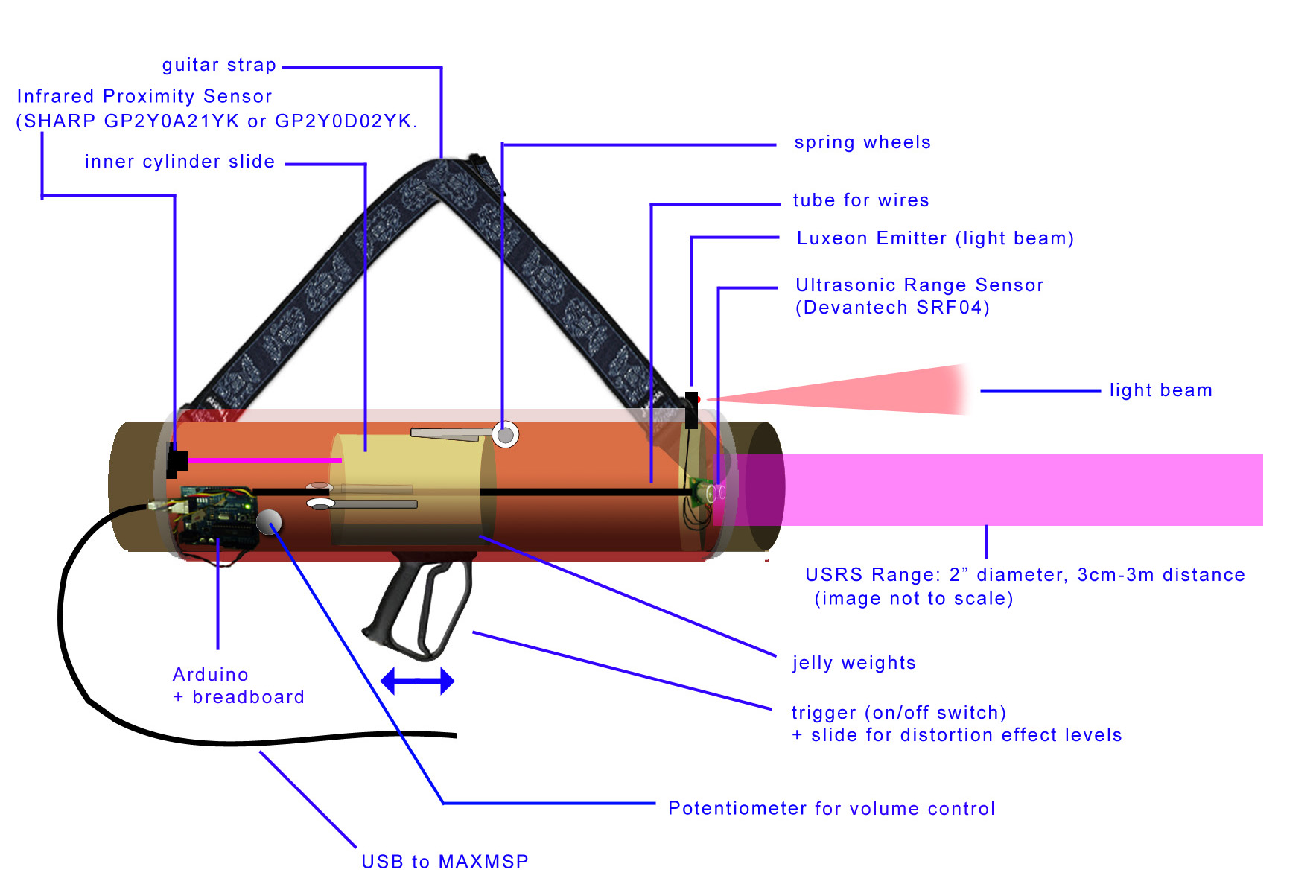free103point9 Online Radio
December 2006 Top 40
1. Compiled by TJ Norris, triMIX: TribrydInstallation Soundtracks Deconstructed (Innova)
With Scanner, Beequeen, Humectant Interruption, M. Behrens, Asmus Tietchens, Nobukazu Takemura, Illusion of Safety, and others.
2. Phantom Limb & Tetuzi Akiyama, Hot Ginger (Archive)
Recorded June, 2006 at free103point9 Project Space in Brooklyn.
3. Edmund Mooney, Happy Trails (self)
4. Pauline Oliveros, Lion's Eye/Lion's Tale (Deep Listening)
5. Dave Burrell, Momentum (High Two)
6. Jonny Farrow, Suite for Broken Rhodes/Sketches of a Cleaning Building (self)
7. Sonic Liberation Front, Change Overtime (High Two)
8. North Guinea Hills, North Guinea Hills et. al. (self)
With Patrick McCarthy, Michael Garafalo, Laura Harrison, Sean Smith, and others.
9. Charter Oak, three song CD (self)
With Tianna Kennedy, Brendon Anderegg, Chris Millstein, Lucas Jansen, and Rob Hatch-Miller.
10. Laura Ortman, Tens of Thousands (free103point9 Audio Dispatch 029)
11. Fortner Anderson + tape/head, he sings (Wired on Words)
12. Sybarite, Cut Out Shape (Temporary Residence)
13. Juan Matos Capote, the subway aural recordings (self)
14. Various artists, The Art of the Virtual Rhythmicon (Innova)
With Jeff Feddersen, Matthew Burtner, Janek Schaefer, Annie Gosfield, and others.
15. Caustic Castle, Caustic Castle mini-CD (804noise)
16. ben owen, radio in (Winds Measure Recordings)
17. chefkirk, Giant Squid (804noise 006)
18. Giancarlo Bracchi, Universal Soul Adaptor (self)
19. Viki, compilation (Animal Disguise)
20. FFFFs, I Can Hear Summer Coming (Sockets)
21. DJ Slip, She's a Time Traveller (Broklyn Beats)
22. Prana Trio, After Dark (Circavision)
23. Scanner with MCs from the New Horizon Youth Centre, Night Jam (Bette)
24. Mammal, "No Hope/In the Mood" 7" (Chondritic Sound)
25. Sic Alps, Pleasures and Treasures (Animal Disguise)
26. Sabir Mateen's Shapes, Textures, and Sound Ensemble, Prophecies Comes to Pass (577)
27. Andrey Kiritchenko, Stuffed With/Out (self)
28. Fluorescent Grey, Lying on the floor mingling with god in a tijuana motel room next door to a veterinary supply store (Isolate Records)
29. Shawn Hansen, It's beginning to look a lot like Christmas trapped in outer space (Evolving Ear)
30. Lycaon Pictus, Personal Disaster (Avant-God)
31. Sybarite, Remix/Mash-up for Temprary Residence Fest at Bowery Ballroom (Temporary Residence)
32. Todd Merrell, Neptune (Dreamland Recordings)
33. The Caution Curves, a little hungry (Sockets)
34. Andy McWain + Albey Balgochian + Laurence Cook, Vigil (Fuller Street Music)
35. Jeff Arnal + Gordon Befferman, Rogue States (Generate)
36. Jeff Rehnlund, our thin mercy of error (self)
37. Jeph Jerman + Albert Casais, and this (Winds Measure Recordings)
38. Tor Lundvall, Empty City (Strange Fortune)
39. Judy Dunaway, Mother of Balloon Music (innova)
With Damian Catera, Flux Quartet, Ryuko Mizutani, and others.
40. Mammal, Let Me Die (Animal Disguise)
 From Boing Boing via Wired:
From Boing Boing via Wired:




